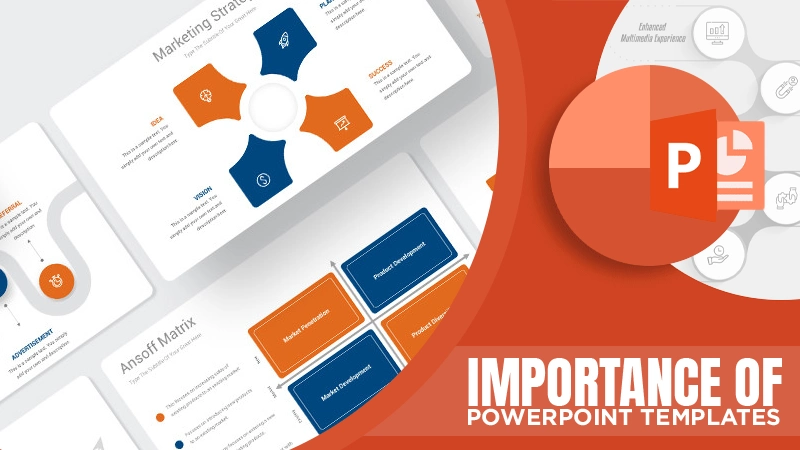The Article in Brief
- Crafting a robust brand identity sets your marketing efforts up for success.
- Knowing your target market saves tremendous time, money, and effort in guessing which marketing strategies and channels work best.
- Efficient workflows allow you to focus on the important stuff—getting creative and innovative.
- Data-driven marketing is a necessity to maximize your efforts and achieve your goals.
- Combining digital and traditional marketing techniques will yield the best results.
So much of how marketing evolves depends on the technology that drives it. As consumers find new ways to meet their demands for products and services, businesses consistently curate new means to get their brands in front of paying customers.
And yet, knowing the latest marketing fad is not always the best way to get the results you want. Effective marketing rests on a solid plan and faithful adherence to old but time-honored marketing practices.
To stay competitive and create a scalable marketing plan for the long term, you need to shift your focus from quick wins to sustainable growth. Here are time-tested pieces of marketing advice to help you design a company marketing culture that delivers results.
Define Your Brand
Brand identity is the cornerstone of all your marketing efforts. If people can recognize you based on a specific messaging style, font style, or brand colors, you know you’ve made your mark. Think Coca-Cola, Apple, and Nike.
A brand is how you choose to be seen and received; hence, building a cohesive brand identity should be a priority before you begin any promotional activity. It’s more than just a logo or a name. Your brand identity should embody your unique value proposition.
The significance of a unified brand identity gets applied to every aspect of your marketing efforts. From your website content to your social messaging, working on these essential parts will guide your subsequent marketing decisions.
Know Who You’re Selling To
The best kind of marketing is one that builds brand loyalty. To do that, you need to keep your target markets’ attention for a sustained period. Unfortunately, if you have no idea who your products are for, you tend to do everything and see what goes.
The problem with trial and error is even if you do get attention initially, you’re bound to lose it to inconsistency if you fail to see the signs of interest and act on it.
Defining your audience solves many of your marketing headaches. It helps you identify the correct type of messaging to use, the type of content to publish and promote, the kind of traditional marketing techniques to apply, even the best way to design your product packaging. All these things point toward creating a brand identity.
Read This Also: How to Use Automotive Print Marketing Effectively
Define your target market by considering parameters such as age, gender, interests, and habits. The best way to do this is to create a brand persona and bring your ideal customer to life.

Optimize Your Processes
Marketing is a coordinated effort. While the bulk of the work is creative in nature, much of it is also anchored on workflows. Creating a piece of content is not just about ideation and actual writing. It’s also about editing, optimizing for SEO, and publishing and promoting, all of which take time.
It pays to optimize your processes if you want to streamline your work. This means outlining every step, creating a detailed calendar, allocating time for proper planning, and having the right tools and people to get the job done.
An optimized workflow helps free up premium mental real estate to do the heavy lifting in the creativity department.
Understand Your Data
Data should inform your marketing decisions. Data is the best compass when finding the best course of action. That said, it’s crucial to have experts on board who know how to extract and interpret data and extrapolate valuable insights from it.
When your tools are set up right, each campaign will give you a wealth of data you can use to get to know your customers, what they like and what they don’t, and how you can move forward based on what you know. Data is a potent tool for giving people what they want.
Being data-driven in the digital age is not just an optional tool. It’s a must if you want to stay competitive and be scalable.
Combine Digital and Traditional Marketing Techniques
It’s a common mistake to assume that digital is the only way and that it’s enough. Print, broadcast, and other types of traditional marketing techniques are still alive and doing well in these heydays of online media.
Finding your audience the traditional way is not limited to radio and newspaper advertising. Get creative by exploring new ways to get exposure for your brand. One such method is curating custom product packaging. It’s a more subtle way to influence and yet, when done right, can help you wow your customers and turn them into repeat and referring buyers.
So if your budget allows for it, it’s worth your while to explore various offline opportunities, especially if your primary target market is not digital natives. Combining both online and offline marketing techniques will help you extend your reach.
Final Word
Marketing continues to drive commerce in the 21st century, and it naturally evolves with technology. Yet, its goal remains constant: to drive sales. While new techniques are developed every so often, few enduring practices stay valuable. Applying these proven principles will help you raise a firm foundation for a brand that sells.
















